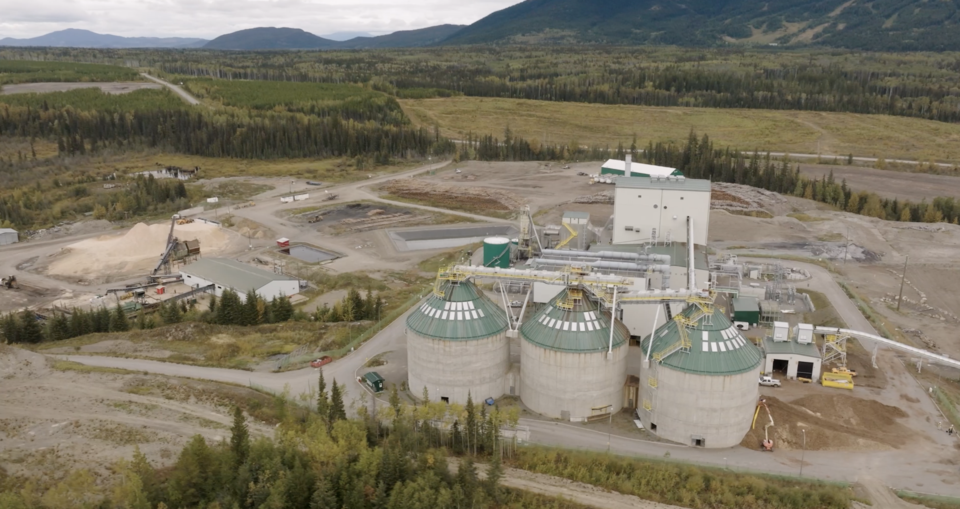Nak’azdli Whut’en First Nation Chief Colleen Erickson lambasted the leadership of Canadian Forest Products in their decision to permanently shut down the Plateau Mill, which will leave Vanderhoof without its largest employer.
Canfor announced Wednesday it will close Plateau, resulting in 260 direct job losses. It is also pulling the plug on its Fort St. John sawmill, which has about 240 workers, due to a lack of economic fibre, poor market conditions and increased tariffs on wood exports to the United States.
The Plateau Mill has been a fixture in Vanderhoof since 1969. It employs many Nak’azdli members who work in the mill or in forestry operations that supply it who now face the possibility of having to leave their home communities to find work elsewhere.
Erickson said it was no surprise to no one realized that the mill was in jeopardy as timber supplies diminished and that it would eventually meet a similar fate as that of other sawmills and pulpmills in the region that have also been closed permanently or curtailed indefinitely.
“Plateau was built to handle increased levels of harvest from the mountain pine beetle infestation, and we’ve known for years that the cut was unsustainable,” said Erickson, in a media release.
“Canfor and other big players pressured government to keep the cut high and keep their profits up, but haven’t reinvested in our communities. The results are a totally predictable lack of fibre for these mills, and an ecological disaster.”
Erickson was referring to a 2018 study conducted by the provincial government and Carrier Sekani First Nations that concluded moose populations have dropped 75 per cent in areas where there were salvage operations conducted to harvest dead of dying mountain pine beetle trees to try to get that fibre to the mills before it lost its strength.
The harvested clearcuts also reduced biodiversity and resulted in more particulate matter clouding salmon-bearing streams, making it more difficult for young salmon to survive.
Erickson says rather than abandoning British Columbia mill towns, Canfor should be looking for innovative ways to invest in them, working with wood waste to create energy or manufacture value-added structural products.
The Nak’azdli Development Corporation holds a 40 per cent stake in the Arrow BioNorth Energy plant in Fort St. James that burns wood waste to create high-pressure steam used to generate electricity. Nak’azdli is also raising capital for the $30 million Deadwood Innovations engineered wood plant, also in Fort St. James, which will utilize low-grade trees and low-value lumber to make construction grade products.
“The future of the forest industry will come down to innovation and collaboration with First Nations - we are not going anywhere, and unlike big multinationals, we don't have an interest in sending our profits elsewhere,” said Erickson.
“It is unfortunate that our own (Nechako Lakes ) Member of the Legislative Assembly John Rustad was in government when the rate of cut was nearly doubled to unsustainable levels. Now we cannot rely on Rustad to be part of the solution.”


